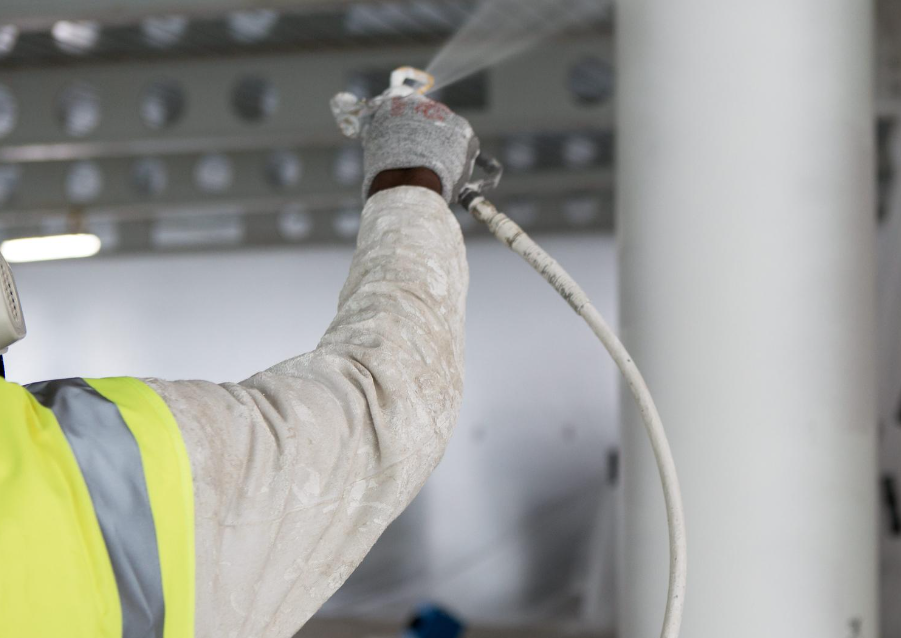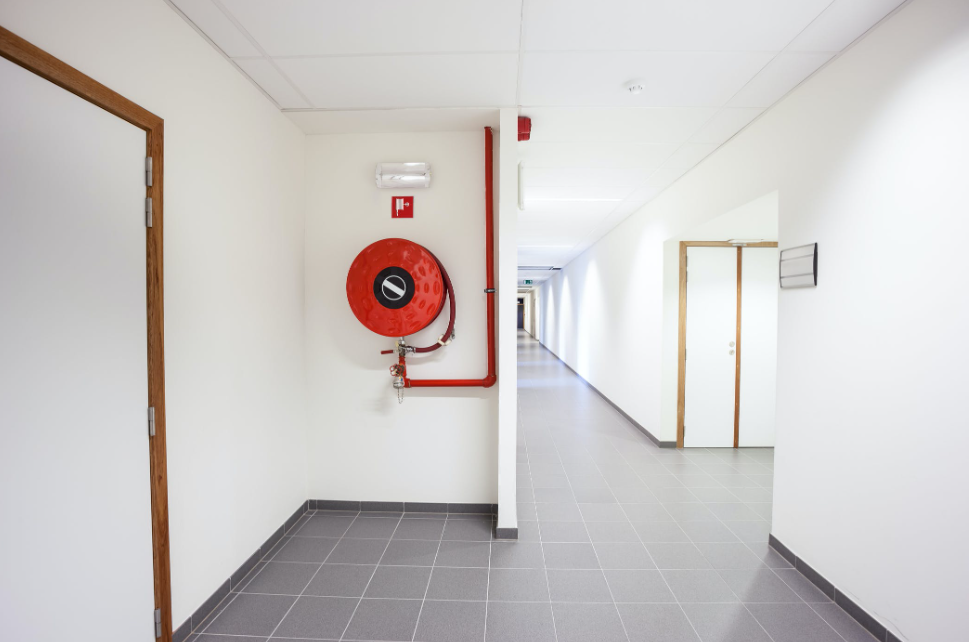A Passive Fire Protection System is a system that is installed in a building to protect it from fire. The system is designed to contain a fire, slow its spread, and provide an early warning to occupants so that they can safely evacuate the premises.
They are an important part of any fire safety strategy and can be used in conjunction with active fire protection systems, such as sprinklers, to provide an effective fire safety solution.
In this article, we will take a look at the benefits of installing a Fire Protection System in your building.
Stops Fire Spreading
It stops the spread of fire by providing a barrier between flammable materials, such as wood and fabric, and the flames. This can be done with non-combustible materials like concrete or steel or by installing sprinklers. Sprinklers are designed to spray water onto the source of the fire, causing it to cool down quickly before it spreads too far. This is much more effective than simply putting out fires once they have started, which could cause them to reignite later on once all the water has evaporated from the room.
Limit Damage to Building
Another benefit of installing passive fire protection companies is that it can limit the amount of damage caused to a building during a fire. The main reason for this is that they contain the fire within an isolated area, which means there is less chance for flames to reach other areas of your property and cause damage there too. This also helps prevent further damage from smoke inhalation, which could affect other parts of your home.

Preventing Collapse
It will help prevent the collapse of a building during a fire. Volunteer Firefighters can then enter the building and put out the fire without worrying about its structural integrity. This can save lives, as well as reduce property damage, because if the building collapses, firefighters may be unable to enter it and fight the blaze effectively.
Providing an Early Warning to Occupants
It can also provide an early warning signal to occupants when there is smoke or heat in a building. This allows them to exit safely before they are overcome by smoke or heat. When used in conjunction with an active suppression system, it may also give occupants enough time to escape even if the suppression system loses power or fails to operate properly.
Conclusion
Installing a Passive Fire Protection System is a great way of ensuring that your building provides the maximum amount of protection against fire.
For further information visit this website!

